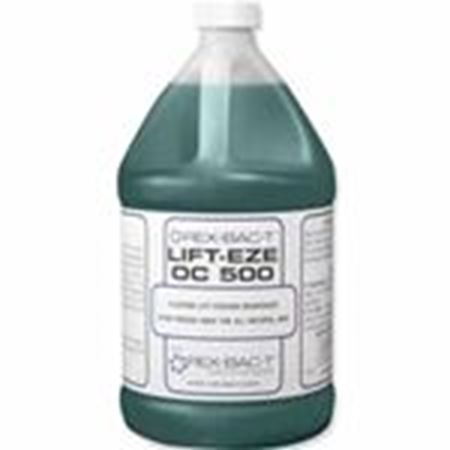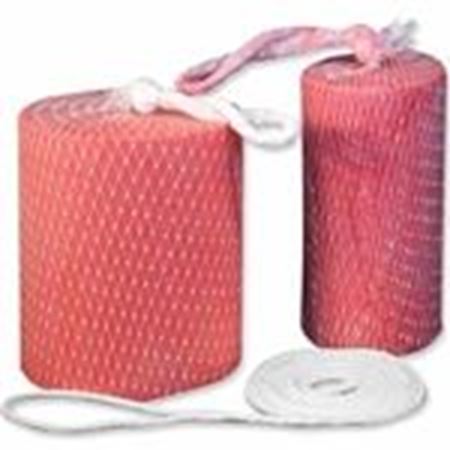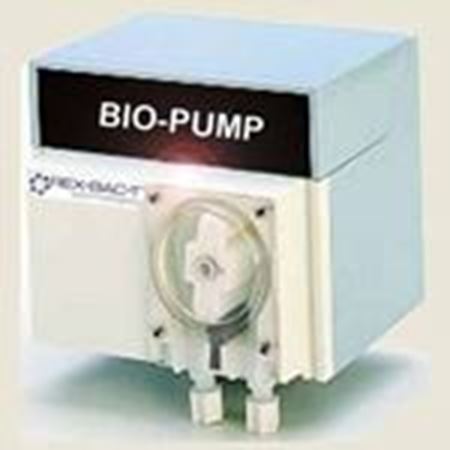
Lift Stations
Wastewater lift stations are used to collect effluent wastewater from homes and business where a change in elevation is required or surge capacity is adapted. The collection basin can be a small plastic or fiberglass tank for homes or a large concrete or other prefabricated holding tank buried in the ground. The wastewater is pumped or “lifted” from that basin to another process that may include a septic tank, leach field, or on the municipal sewer line that leads to a treatment plant for final treatment.
Due to the variable flow into the collection basin, the stagnant water becomes oxygen deficient (anaerobic) causing odors, potential harmful gases to form, and the unwanted buildup of fats, oils, and grease (FOG). A scum layer can form causing additional problems for large municipal basins resulting in monitoring, control, and alarm equipment failure, requiring on site maintenance and/or pump out. One of the real key issues with lift stations is that improper maintenance results in operational problems when least expected or planned for.
Routine treatment of the waste water will prevent sludge, scum, and odors from building up inside the lift station. The wear and tear on the pump will be reduced by reducing the amount of solids being pumped.
For industrial, commercial, and municipal lift stations, the use of our Lift-EZE OC-500 prevents build up of heavy grease accumulations on the walls. When properly dosed, it results in significant reduction of drain flies and other obnoxious pests.








